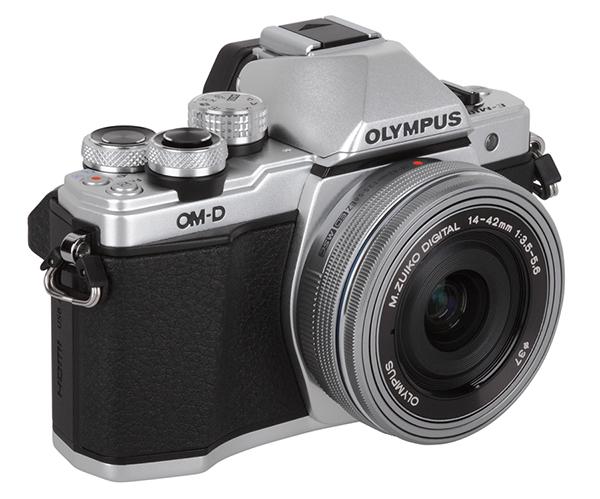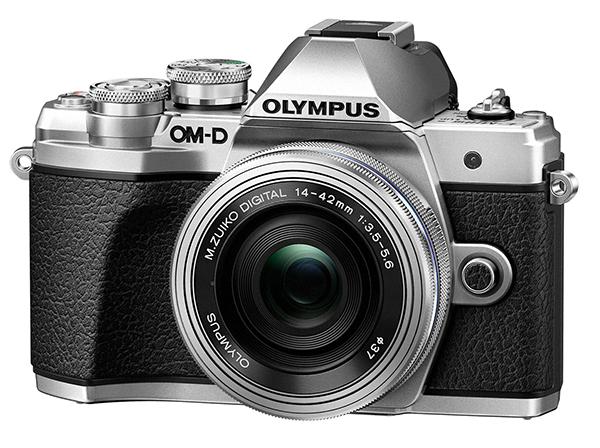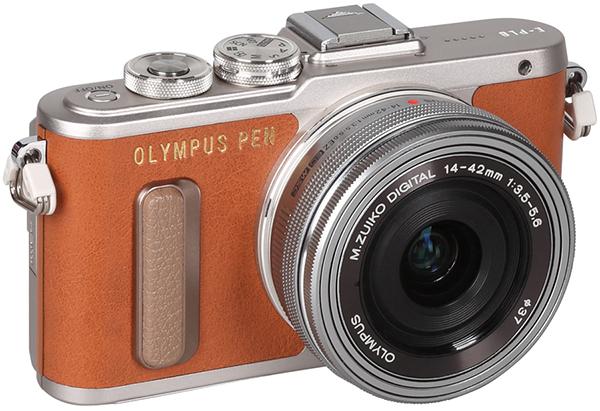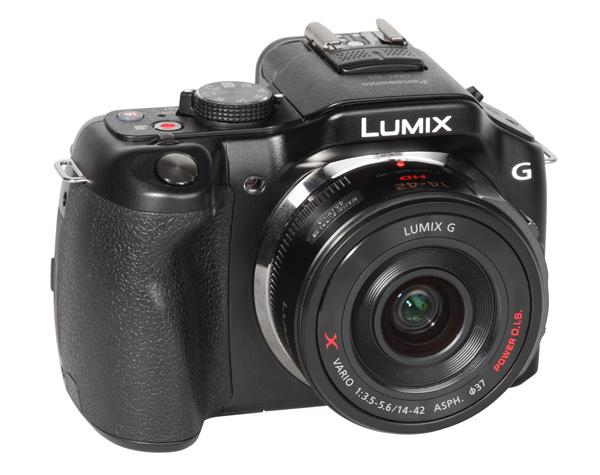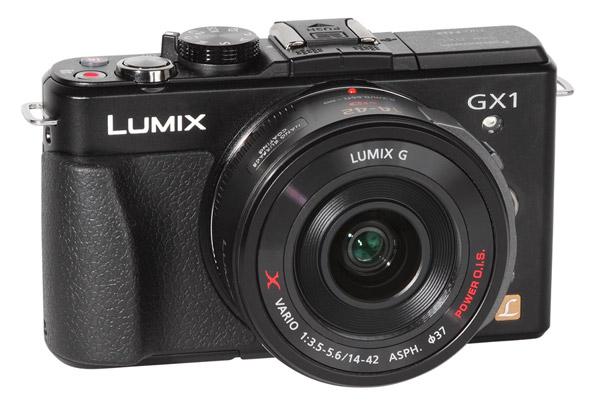Mirrorless Camera Reviews
Sort By: Post DateTitle Publish Date
|
Oct 13, 2015 |
|
Mar 15, 2018 |
|
Jan 30, 2015 |
|
Jan 23, 2019 |
|
Jul 07, 2015 |
|
Jan 17, 2013 |
First Published: Dec 01, 2012 |
|
Feb 14, 2012 |
First Published: Jan 01, 2012 |
|
Jul 15, 2011 |
|
Nov 11, 2016 |
|
Feb 01, 2016 |
|
Jan 01, 2010 |
|
Mar 12, 2013 |
First Published: Feb 01, 2013 |
|
Aug 02, 2011 |
|
Aug 27, 2013 |
First Published: Jul 01, 2013 |
|
Sep 13, 2012 |
First Published: Aug 01, 2012 |
